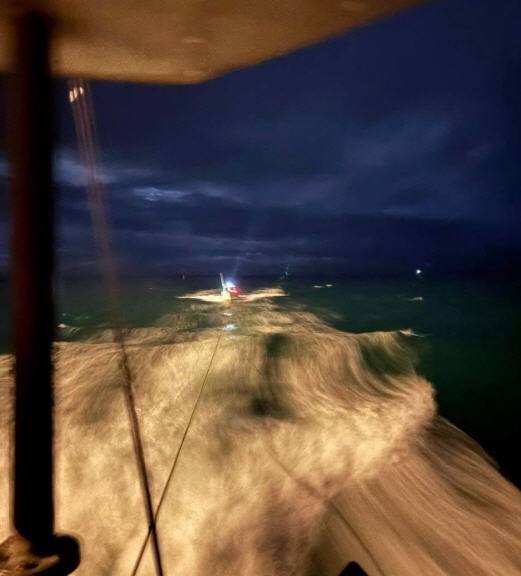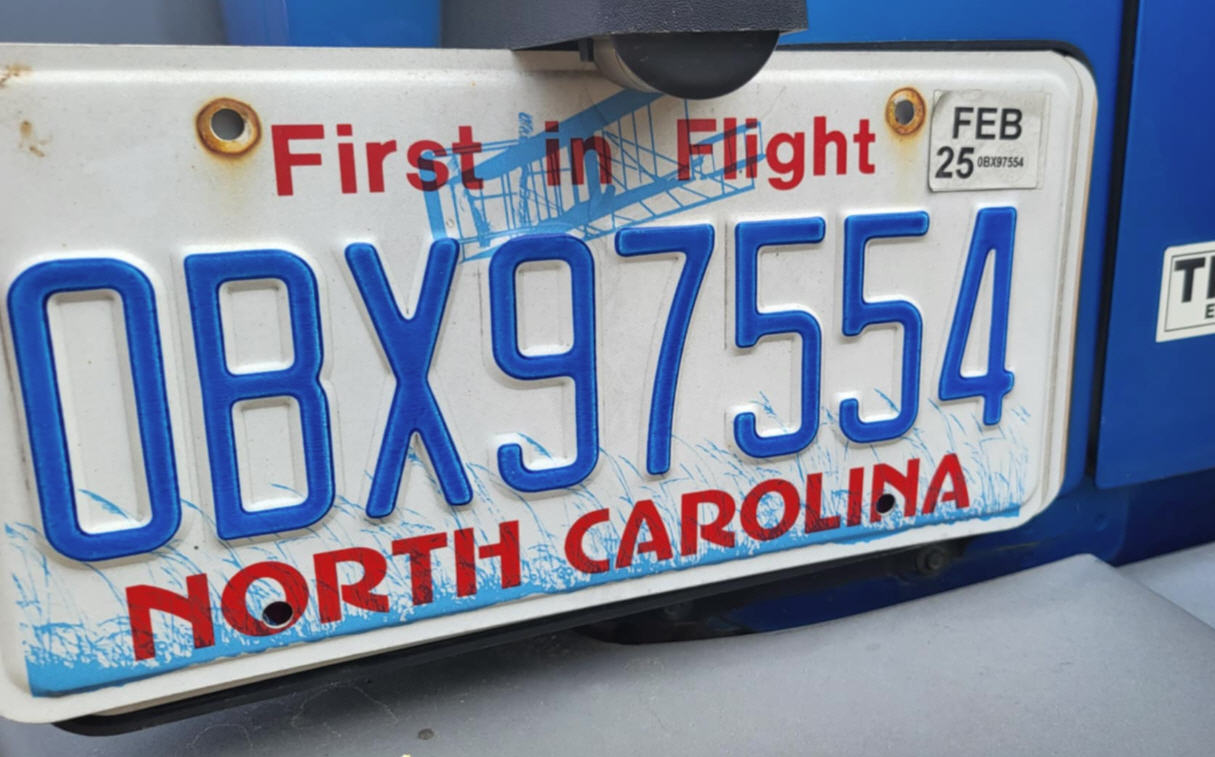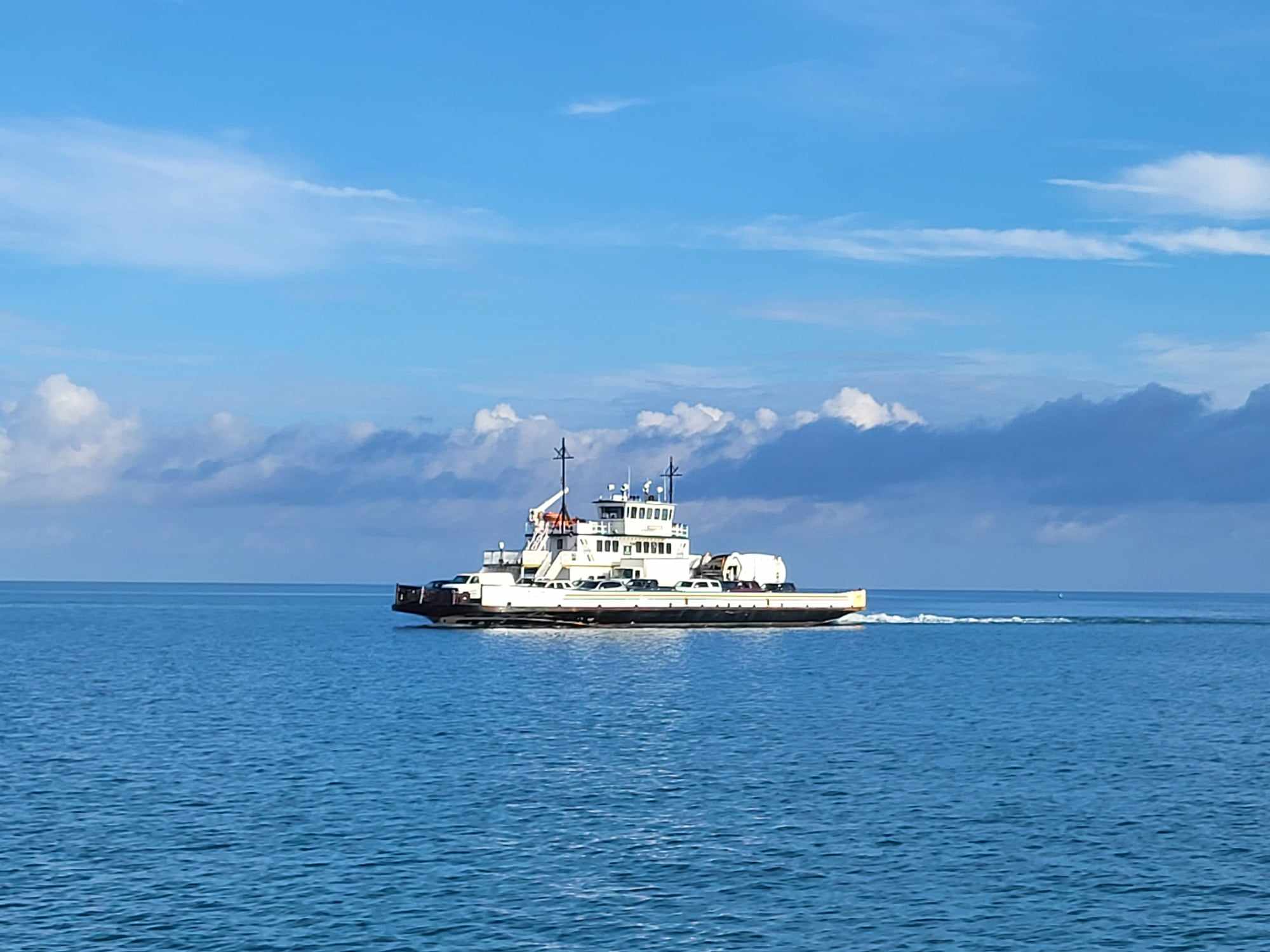Second Passenger Ferry Among Future NCDOT Projects
The N.C. Department of Transportation (NCDOT) recently identified 138 regional highway, aviation, ferry, rail and transit projects it anticipates funding and scheduling for construction over the next decade. These projects included a second vessel for the new Ocracoke passenger ferry route, (which is slated to be up and running in 2019), as well as an upgrade to the intersection of U.S. 158 at N.C. 12 in Kitty Hawk. Both projects will be addressed in the next decade.
The evaluation of 915 regional impact projects across the state identified the top-scoring projects to be programmed for construction in the forthcoming 2020-2029 State Transportation Improvement Plan (STIP). They include 115 highway projects programmed for $2.4 billion in funding, seven rail projects for $96 million, three ferry projects for $26 million, and three transit projects for $191 million.
“The addition of these projects will continue to improve safety and mobility on our transportation system, further enhancing quality of life as our area continues to grow,” Division 10 Engineer Scott Cole said.
Six regional projects will be programmed for construction in Division 1 (Bertie, Camden, Chowan, Currituck, Dare, Gates, Hertford, Hyde, Martin, Northampton, Perquimans, Tyrrell and Washington counties), including:
The Strategic Transportation Investments (STI) law established a data-driven process for ranking transportation projects in three categories: Statewide Mobility, Regional Impact and Division Needs. In April, NCDOT identified 77 Statewide Mobility projects that will share 40 percent of the state’s available project funds. All projects were ranked according to data scores based on safety, congestion reduction, cost-benefit analysis and other criteria.
The remaining 60 percent of the funds available over the next 10 years will be divided equally between the other two categories: Regional Impact projects, which were announced on August 30, and Division Needs (local) projects, which will be announced in December. The regional and division project rankings combine data scores with local input points assigned by local planning organizations and NCDOT engineers. Regional projects that did not score high enough can be considered for possible funding in the Division category.
NCDOT and local planning organizations received public comment on all projects in May and early June. In the coming weeks, each of NCDOT’s 14 divisions will receive additional public comment on Division Needs project rankings and priorities.
More information about the STIP development process, including lists of projects ranked high enough to win funding at the Statewide Mobility and Regional Impact levels, is available on the NCDOT website. To see details and data scores for all 2,100 statewide, regional and division projects evaluated in April, download this spreadsheet.
















